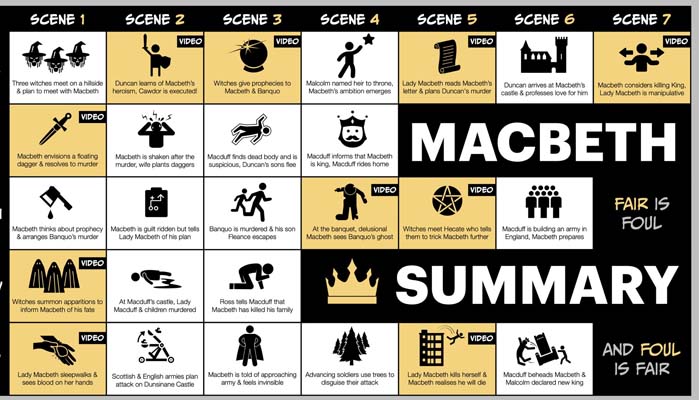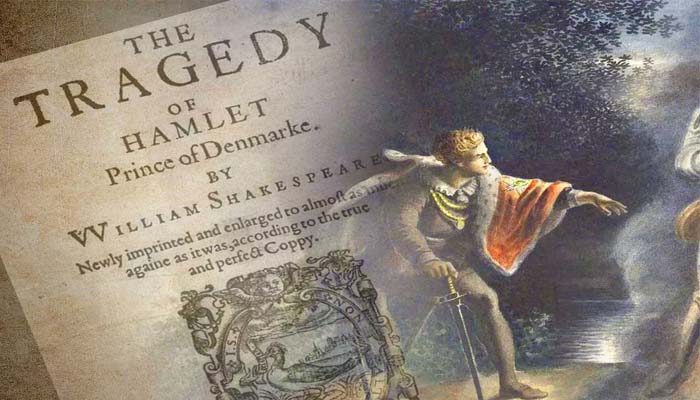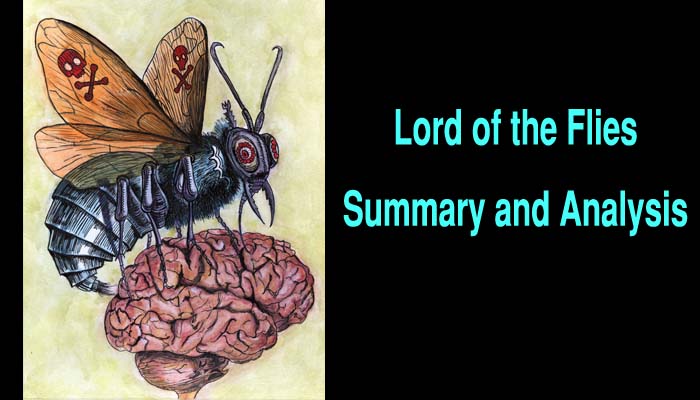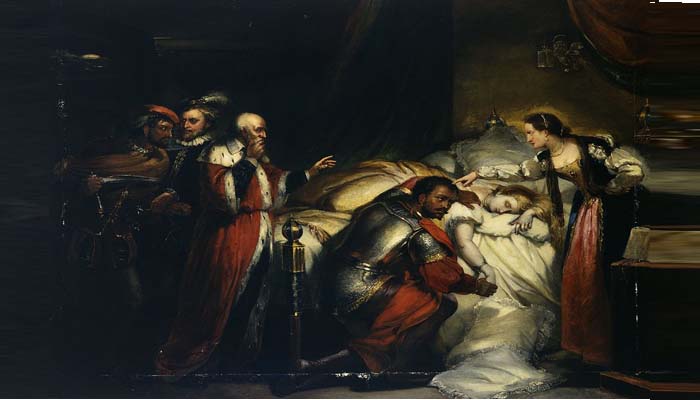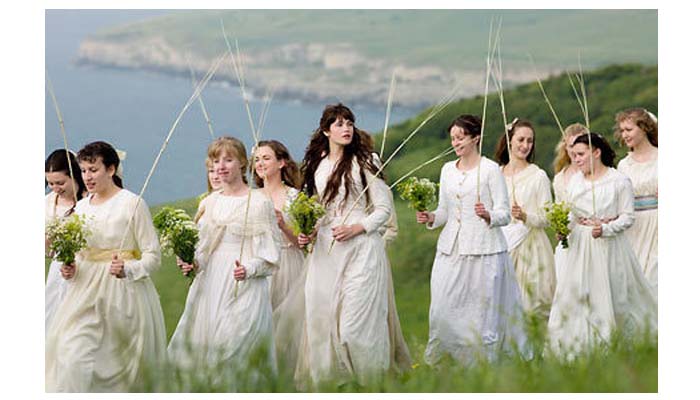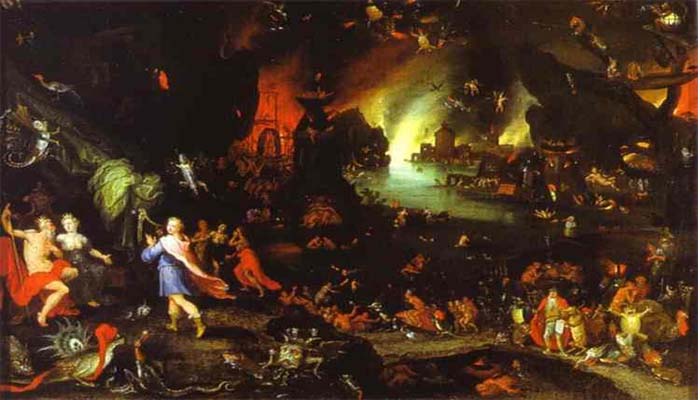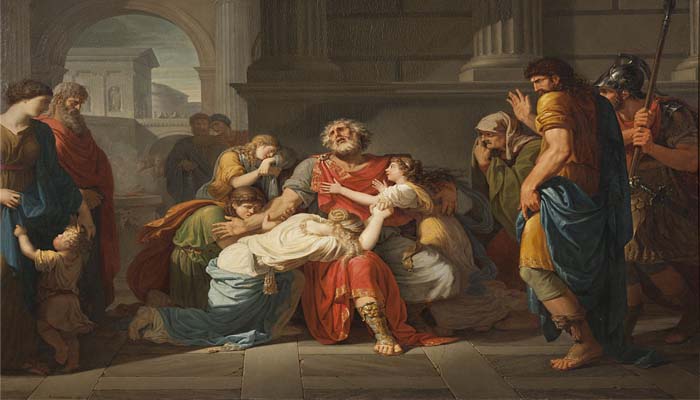
This post is focused on the main theme and Critical analysis of Elegy Written in a Country Churchyard poem of Thomas Gray.
Introduction
Thomas Gray’s poem “Elegy Written in a Country Churchyard”, was written in 1750 and first published in 1751. Thomas Gray was born on December 26, 1716, in London, England and He died on 30 July 1771, at the age of aged 54 in Cambridge, England. Gray was a self-critical writer who published only 13 poems in his lifetime. The origin of the poem “Elegy Written in a Country Churchyard” is unknown, but it was partly inspired by Gray’s thoughts after the death of the poet Richard West in 1742. Originally titled “Stanzas Wrote in a Country Church-Yard”, the poem was completed when Gray was living near St Giles’ parish church at Stoke Poges. He was eventually forced to publish the work on 15 February 1751 in order to preempt a magazine publisher from printing an unlicensed copy of the poem.
Elegy Written in a Country Churchyard analysis
The setting of the poem is the mid-1700s, about a decade before the Industrial Revolution began in England. The place is the cemetery of a church. Evidence indicates that the church is St. Giles, in the small town of Stoke Poges, Buckinghamshire, in southern England. English poet Thomas Gray himself is buried in that cemetery.
“Elegy Written in a Country Churchyard” belongs in the genre Nature, Philosophy, Religion. The poem “Elegy Written in a Country Churchyard” has 128 lines and 32 stanzas. “Elegy Written in a Country Churchyard” is written in rhymed quatrains or four-line stanzas. Many literary devices have been used in the poem, they are Alliteration, Imagery, Allusion, Metaphor, Meter, and Personification. The poem employs a steady, fluid iambic pentameter, meaning each line has five feet in a da-DUM rhythm. It follows a traditional, ABAB rhyme scheme which is typical of long-form poems.
The poem “Elegy Written in a Country Churchyard” is an elegy in name but not in form. Traditionally at least since the 16th century the English elegy is a poem written in response to the death of a person or group of people. It generally consists of three sections; First, it laments or mourns, the death. It then eulogizes or praises the person or group. Finally, it expresses consolation or comfort. The subject of the elegy may be a well-known public figure but might equally be someone the poet has loved, such as a close friend or family member. It uses a style similar to that of contemporary Odds, but it is a meditation after death and a remembrance after death. The poem argues that remembrance can be good and bad and the narrator feels comfortable thinking of the lives of obscure villagers buried in the church.
Elegy Written in a Country Churchyard Theme
The main themes of “Elegy Written in a Country Churchyard” are Transformation of Life and Death the Great Equalizer, Missed Opportunities, Virtue, Memory and the Past, Human and the Natural World, Society and Class, Isolation, Importance of Love. Throughout the poem, he develops the idea that death strikes at every turn.
He wants to present that the members of the lower class are also worthy of admiration as compared to the upper class in the post-mortem period. Their simple, unreadable graves give a clue to their miserable lives. Poets refrain from praising the qualities of the rich and famous because they enjoyed fame while they were alive. He likes to acknowledge the morality and decency of those who have lived a sad yet contented life.
The poem “Elegy Written in a Country Churchyard” can be gradually divided into five groups of stanzas. Stanzas1-5 seeks the landscape of the cemetery of the country and its sounds, terrain, flora, fauna, and above all, the physical and metaphorical stages, on which the gray meditation will be filled. Stanzas 6 and 7 briefs briefly but sensitively describe family and country activities that rude ancestors can no longer enjoy. In stanzas 8-18, in the most sustainable discussion of death as the greater equality of the social class, Gray explored the contrast between the affluent class and the ordinary workers, all of whom were equated with death. Stanzas 19-23 is the center of the underlying values as the dead rural people of the village and the objects of their memory. The latest group, Stanzas 24-32, includes the speaker’s own epitaph and describes the speaker’s meditation on how his poetic life will be remembered.
Medieval scholars would occasionally put human skulls on their desktops to make themselves aware of the fact that any day they would die like former occupants of skulls: from this practice we get the word memento mori, which we say today.
Elegy Written in a Country Churchyard analysis
Thomas Gray’s “Elegy” is one of the most well-known poems about death in all European literature. The poem depicts an observer who stops for a moment to cross a churchyard outside the country and think about the significance of a stranger buried there. Describe any token used to remember your death. In this poem, the cemetery acts as a memento mori, reminding the narrator not to pay too much attention to this life because one day he too will die and be buried. The speaker of the poem is surrounded by the concept of death and there are innumerable images showing the difference between death and life throughout the first seven pillars.
After mentioning Churchill in the title, which establishes the main theme of death, the poem begins with a picture of darkness and finality. The darkness at the end of the day, the adulterous grief of hating cattle, the stillness of the wind (expressed by the beetle’s stilt speed), and the nocturnal slaughter of owls set the stage for this serious meditation. The ancestors referred to it as “sleeping”. In the following stanzas, the speaker tried to imagine what life would be like for these ordinary men by touching on their relationship with their wives, children, and the soil they worked with. These are not defined by their property, because they had some, and instead are defined by their actions, which contradicts their lives with their quiet existence in the graveyard. This “Elegy” presents the dead person in the best light: their families love them and they rejoice in their work because they “scattered the wood under their uninterrupted strokes.” The speaker publicly acknowledged that they spoke so well that they were dead because of death is such a horrible thing that its victims deserve the respect of the living.
Significantly the place at the end of the poem to focus on Gray’s own reflection is how the people will remember him as a poet. Elegy is usually a poem that centers on the death of a particular person, Gray uses the elegiac form to explore death as an experience of the universe that mankind must understand and accept. Elegies can take any poetic form, the gentle rolling area of the country cemetery is reflected in the regularity of the gray paint diameter and the broom, blending the syntax and the senses naturally. Two views of the poem Stanzas and Elegy have reached the point of death separately. The first has a strong reaction to death, but the final version has an epitaph that helps suppress the narrator’s fear of death. Epitaph in Elegy written in country churchyard is Importance. In the poem stanza 30, and lines 117-120 are ‘The epitaph’.
An epitaph is a phrase or form of words written in memory of a person who has died, especially as an inscription on a tombstone or an epitaph is a tribute to a dead person. The epitaph of “Elegy Written in a Country Churchyard” is often referred to by Gray himself, and he wonders what might have been written about him after his death.
Elegy Written in a Country Churchyard analysis
In the Epitaph, Thomas Gray expresses his dissatisfaction with the way life and death collide on our planet. He referred to the planet as a place where individuals lived through a huge cycle known as life for the duration of their journey. Gray’s style is very interesting. The spoke of God and how there are certain things around him that are now just what life used to be known as weakness. Gray speaks in contrast to the way this person was treated in a society that is symbolic of how people are treated as a whole and the loneliness and shallowness of people around the world. Gray probably knew someone who had died at a young age and had a traumatic effect on him, then he focused on dark and anxious times and epitaphs and cemeteries and writing about the beliefs of the gods and how they relate to life and death. Thomas Gray’s the Epitaph shows how we deal with moral and social issues and how to warn us about one another and undermine our belief in the position between life and death in our society.
However, the verse is usually misunderstood as an epitaph to an unknown poet. As a result, it is a puzzle. If it is related to Gray, it is extremely important as it proves that he is sympathetic to all the poor buried souls in the churchyard. He does not assert that he is superior to them, but that he is not equally vague. He, like them, was not born of destiny, which would mean a prominent position or a large sum. However, he seems to be praising himself in his epitaph, he is honoring these common souls for their great though unrestricted life given if he continues to praise himself for his ambiguity, it is ironic, when he becomes a famous poet, whose work has been read for centuries. The Importance of the epitaph is that Gray is writing his own epitaph. He is reflecting on his own death which has probably not happened yet.
Conclusion
Thomas Gray did not write much poetry but “Elegy in a Country Churchyard” has earned him a respectable and deserved place in the history of literature. The poem was composed at the end of the Augustan era and the beginning of the Romantic era, and the poem has features related to both literatures. On the one hand, it contains the logical concept of regular, balanced syntax and neoclassical poetry. On the other hand, it tends towards the sensitivity and uniqueness of romantic poets. Most importantly, it makes the ideal man ideal and advanced.
also read: Tess of the d’Urbervilles Summary




